Permafrost - Thaw Crisis
Team ········· Yotam Ben Hur, Janna Bystrykh, OMA/AMO
Type ········· Research & Exhibition Design
Year ······ 2018-2020
Status ······· Ongoing For Countryside, The Future exhibition Guggenheim Museum, New York (February 2020/21).
Type ········· Research & Exhibition Design
Year ······ 2018-2020
Status ······· Ongoing For Countryside, The Future exhibition Guggenheim Museum, New York (February 2020/21).

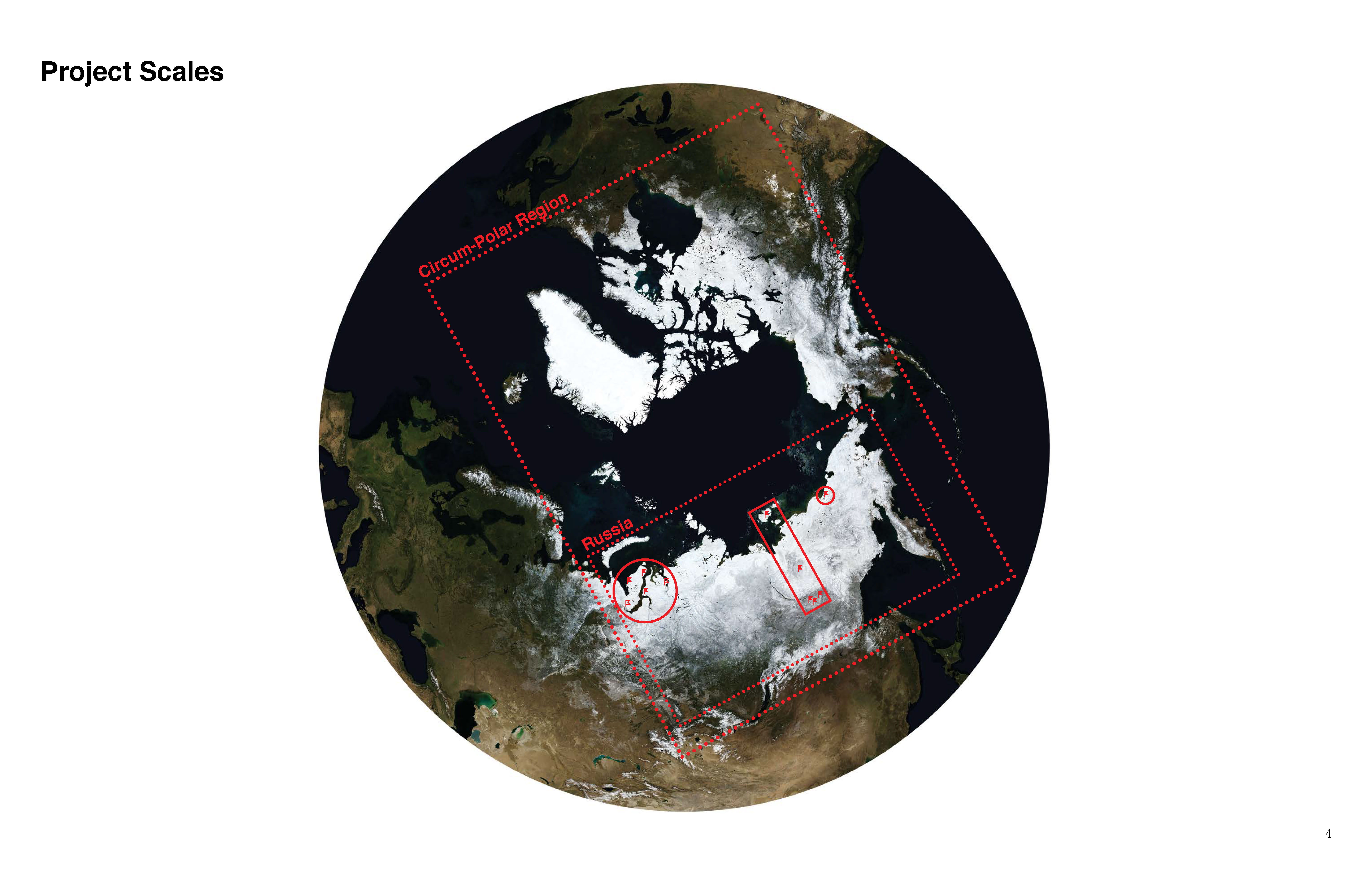
“The threat of thawing permafrost caused by climate change remains largely underrepresented and unknown, occurring in remote and therefore “invisible” areas of the world. Permafrost—continuously frozen ground—, constitutes nearly a quarter of the land in the northern hemisphere, occurring at high altitudes and in low-lying areas around the polar region.” J. Bystrykh
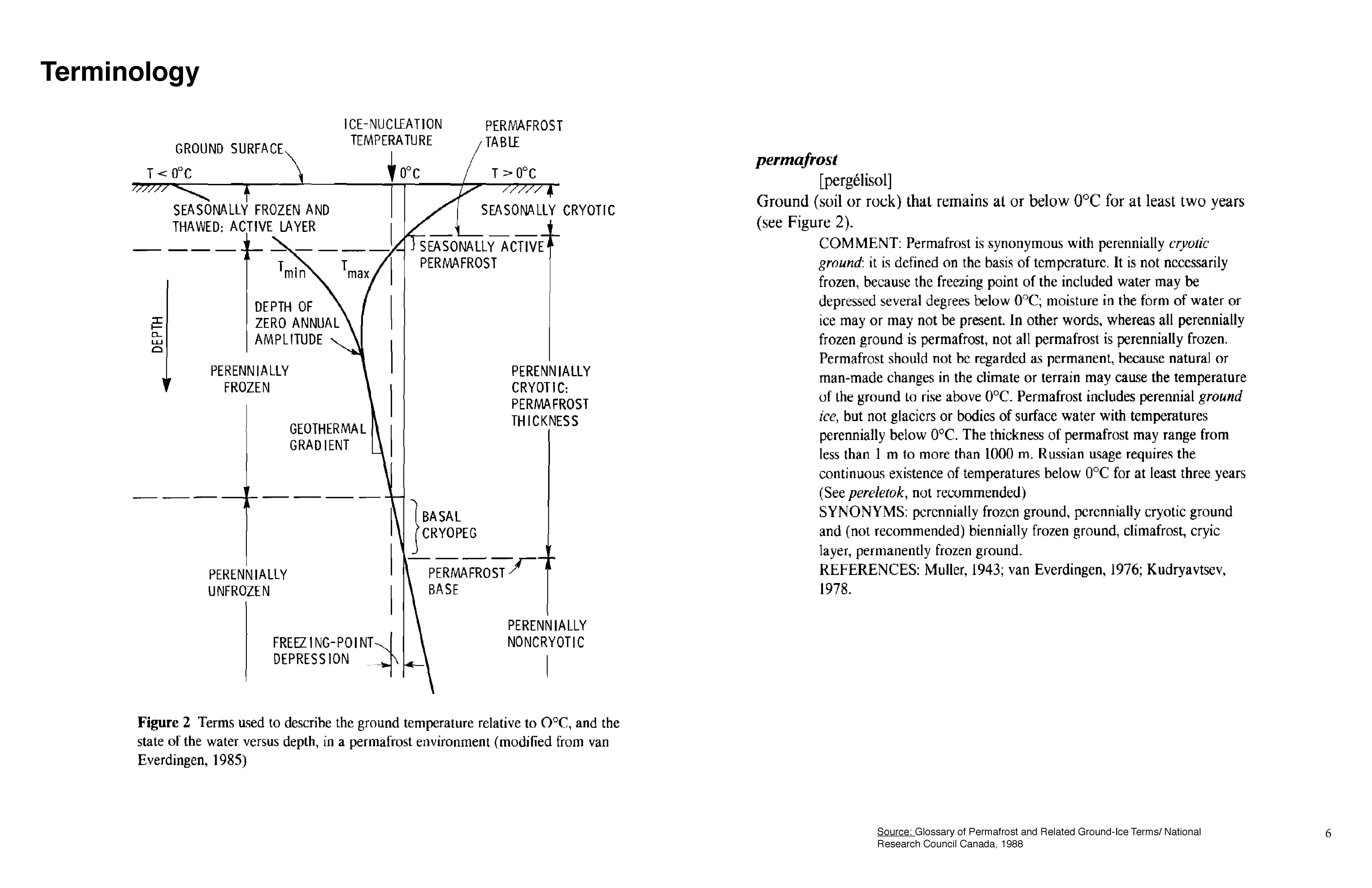

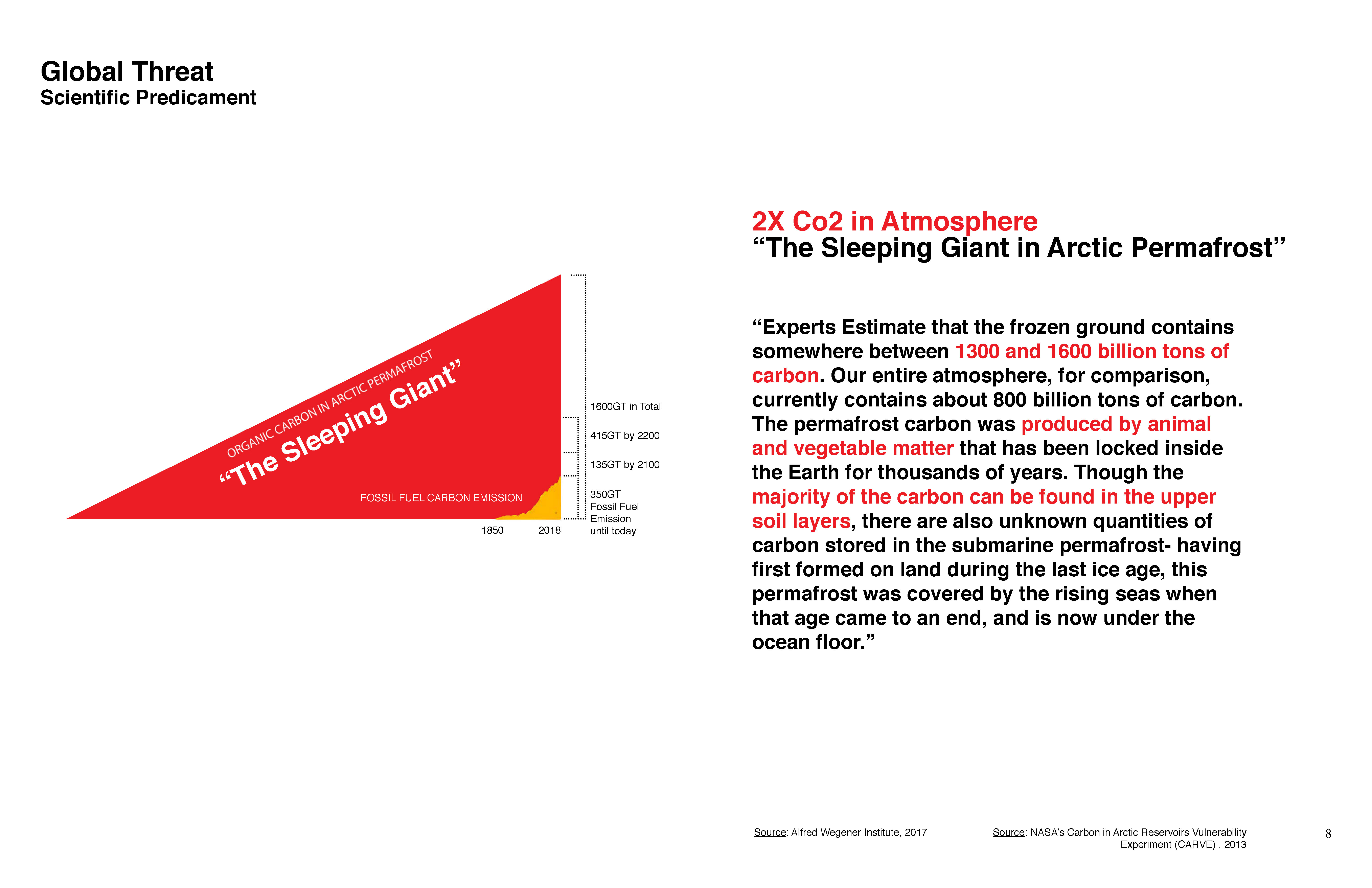


The far north is warming up fast, already by up to 9°F (5°C) in some areas. Permafrost that has been frozen for thousands of years is thawing and beginning to release carbon. The northern hemisphere contains between 1.46 and 1.6 trillion tons of organic carbon—almost twice the amount present in the atmosphere today. The term “carbon” here designates ancient pockets of methane, plus “new” methane, and to a lesser extent, carbon dioxide, released by microbial activity in long-frozen organic matter awakened as permafrost thaws. Scientific projections are that the release of this carbon will be gradual, erratic, and abrupt in different places. Modeling of the amount of carbon that will be released and the warming feedback loop it will trigger is still in its early phases. (Janna By
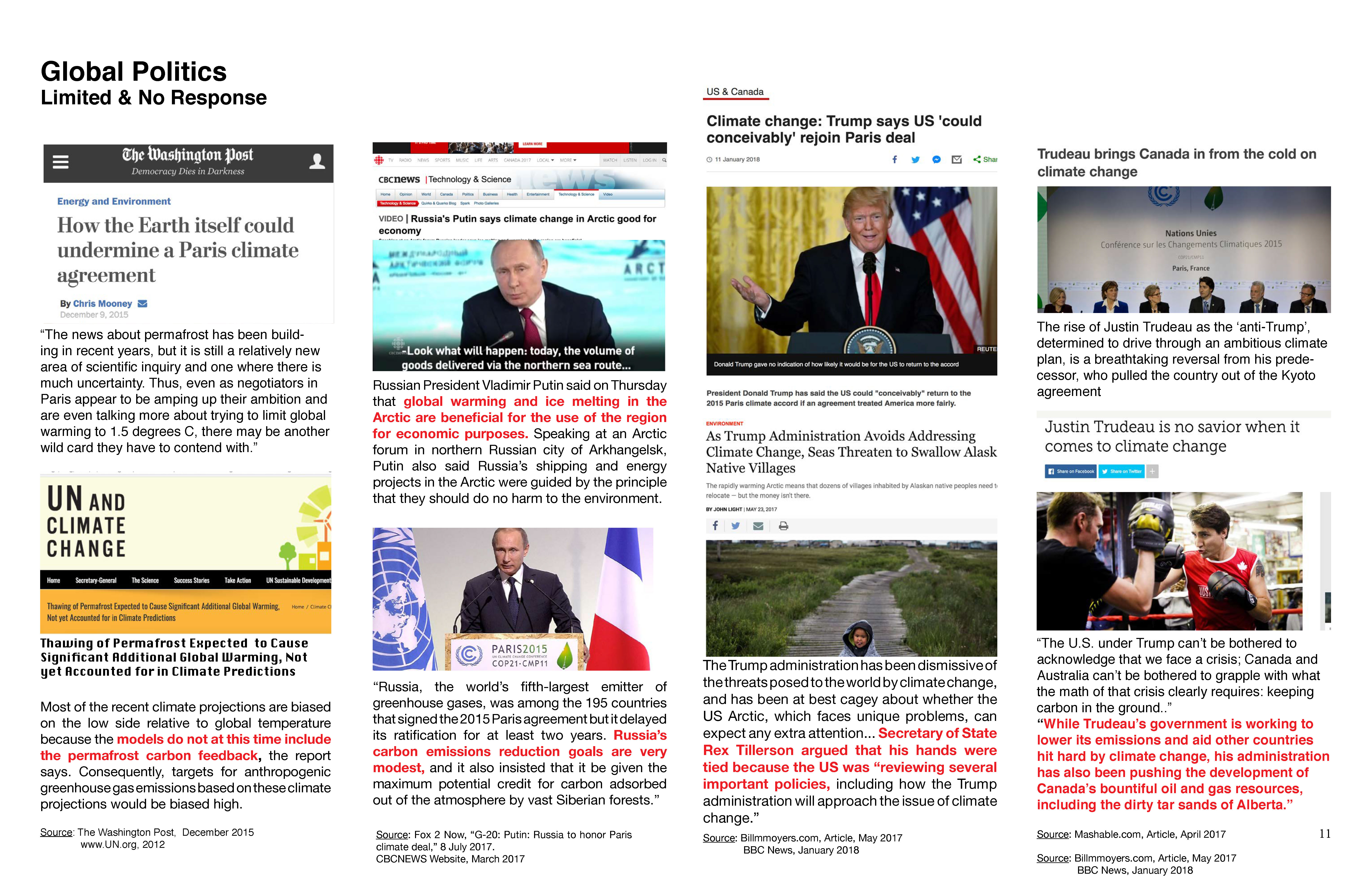


But it's not just a question of present and future carbon release. Permafrost holds much of the northern landscape together, and today, the ground is (abruptly) losing stability as ice within the soil melts. By 2050, everyone living in the northern hemisphere’s permafrost zone will be impacted. By the end of this century, large parts of this landscape will become wetlands and/or experience deformation—often making the land uninhabitable or unusual; other regions will be covered by the sea along a new emerging coastline. Relocation or evacuation of settlements seems unavoidable in all future scenarios



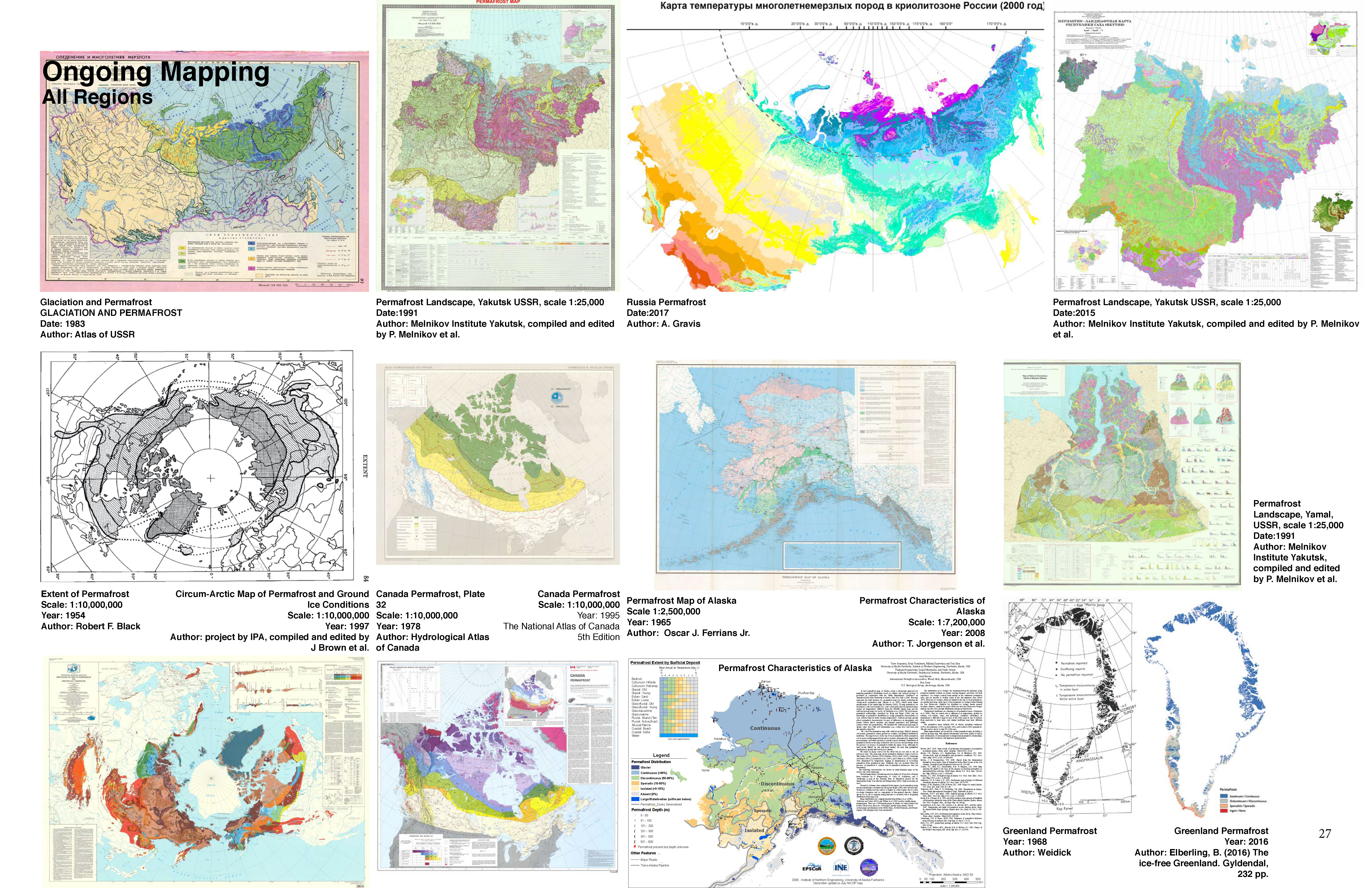








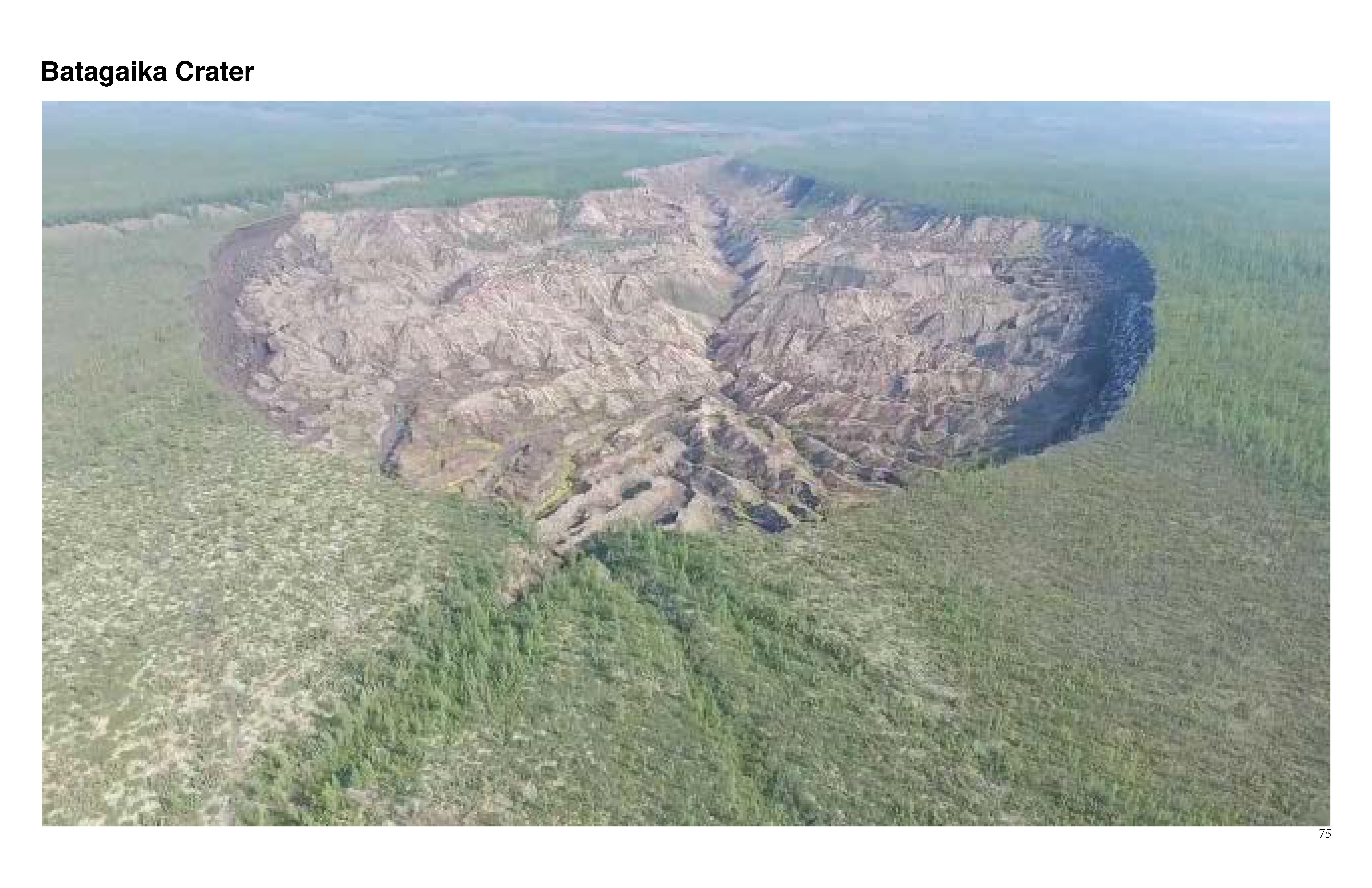




“The severity of the permafrost crisis has not yet reached global consciousness. Leaders of G8 countries and leaders of affected countries (many overlap) are failing to take large-scale action, and remain fixated on issues like sovereignty, military strength, and the economic “opportunities” released by warming: shorter sea routes, mining, the extraction of minerals and more fossil fuels… “(Janna Bystrykh).

